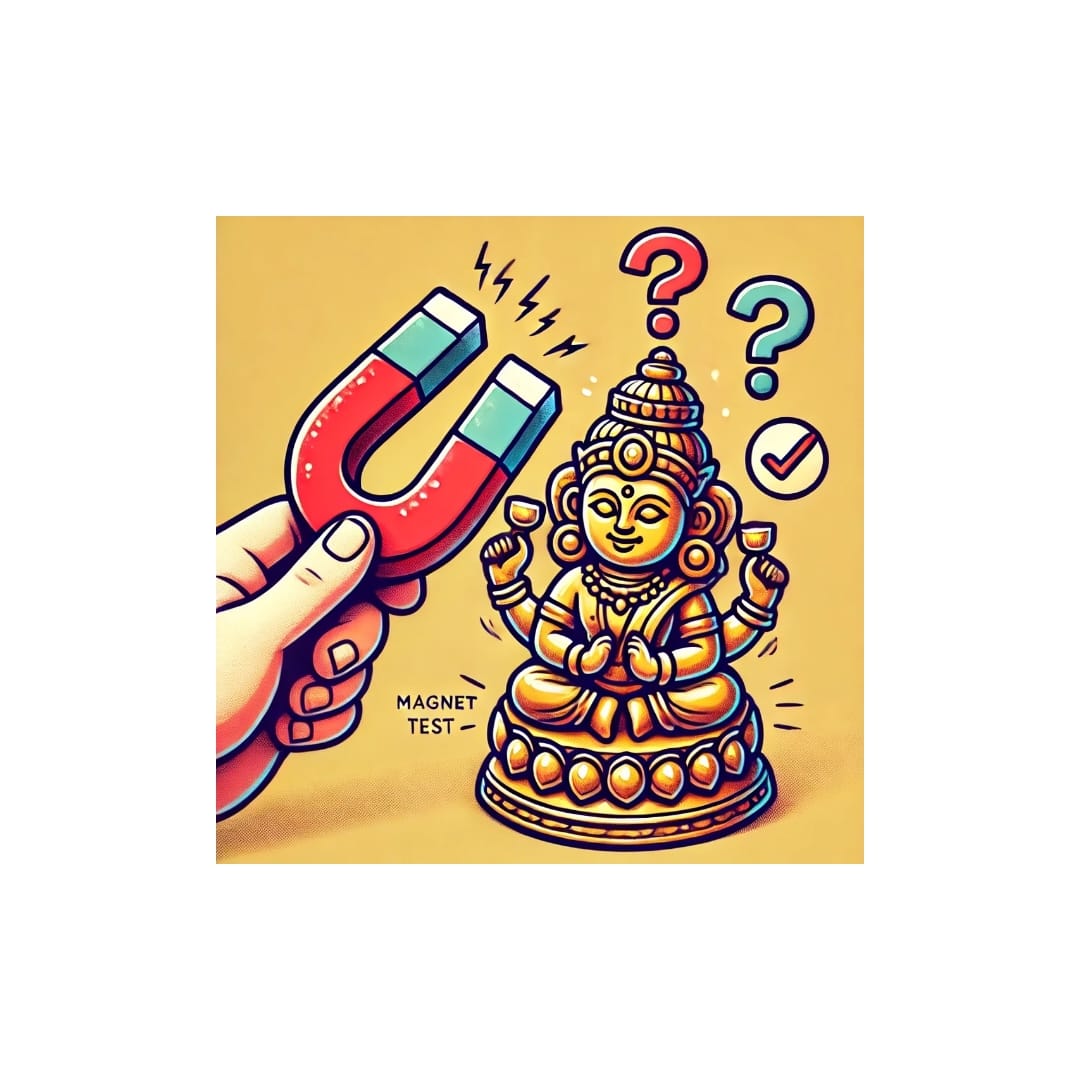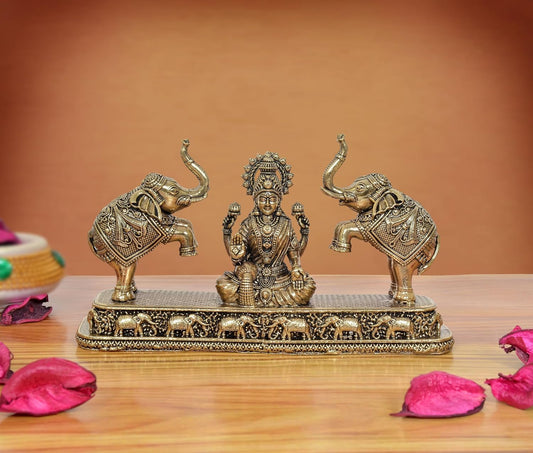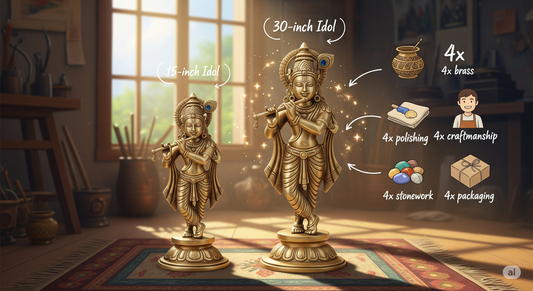Brass, with its warm, golden hue and timeless appeal, is a popular material for everything from decorative hardware to musical instruments. But how do you know if that gleaming object is truly brass, or just a clever imitation? With a little knowledge and some simple tests, you can become a brass-detecting pro!
Why Does It Matter?
Knowing whether you're dealing with real brass is important for several reasons:
- Value: Real brass generally holds its value better than plated or painted imitations.
- Durability: Brass is a strong and durable alloy, while other materials might be more prone to damage.
- Patina: Real brass develops a beautiful patina over time, which many find desirable. Imitations won't age the same way.
- Restoration: If you're planning to restore an item, knowing its composition is crucial for choosing the right techniques and products.
Visual Clues:
- Color: Real brass has a distinctive warm, golden-yellow color. However, variations exist depending on the alloy's composition. Some brasses may have a reddish or greenish tint. Imitations often look too uniformly bright or have a painted appearance.
- Weight: Brass is a relatively dense metal. A genuine brass object will usually feel heavier than a similarly sized object made of a lighter material like aluminum or plastic.
- Patina: Older brass items often develop a greenish or brownish patina due to oxidation. This is a good sign of authenticity.
Simple Tests You Can Do:
-
Magnet Test:
- Brass is non-magnetic. If a magnet sticks to the object, it's not solid brass. It could be steel or iron with a brass plating.
- Important: Some plated items might have a non-magnetic base metal, so this test alone isn't conclusive.
-
Scratch Test (Use with Caution):
- Find an inconspicuous area and gently scratch the surface with a sharp object.
- If the underlying material is a different color, it's likely plated or painted.
- Real brass will maintain the same color throughout.
- Warning: this test can damage the item. Do this test only if other tests are inconclusive, and only in a spot that is unseen.
-
The Sound Test:
- When struck, brass produces a clear, ringing tone. Imitations might sound dull or muffled.
- This test requires some experience and familiarity with the sound of brass.
-
Hot water test.
- Brass is a good thermal conductor. So if you pour hot water on a brass item, the item will heat up very quickly. Imitations might heat up slower, or not at all.
When in Doubt, Ask an Expert:
If you're unsure about the authenticity of a valuable or antique item, it's best to consult a professional. An antique dealer, jeweler, or metal expert can provide a definitive assessment.



